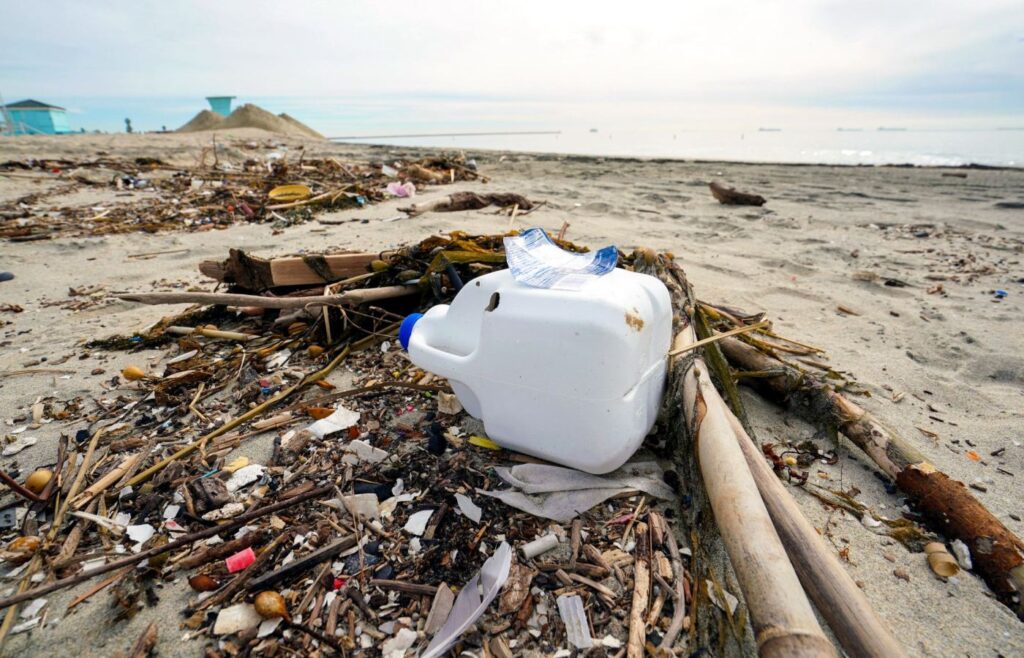
Californians likely will in November vote on yet another environmental initiative that promises to tackle climate change and pollution, yet which is unlikely to do more substantive than the usual ideas from Sacramento. It will raise taxes, hobble businesses, increase food costs and hand state agencies vast new regulatory powers.
Opponents of the California Recycling and Plastic Reduction Act have focused on the tax-raising elements of the measure, which has qualified for the ballot at the behest of a coalition of well-funded environmental organizations. That is a serious critique. The measure enacts a “one-cent per item fee on single-use plastic packaging and food ware.”
The tax would apply to plastic producers, but it will certainly have an inflationary effect as those producers pass the costs along to retailers and consumers. One cent isn’t much money, of course, until one realizes the large number of products that would be slapped with the new fee. Industry opponents point to 61 items including water bottles, cups, drink lids and coffee pods.
However, that’s just the start of the cost spiral. The initiative also requires the state “to adopt regulations that reduce the use of single-use plastic packaging.” The goal is to force manufacturers to phase out single-use plastic packaging and replace it with packaging that is recyclable, reusable or compostable. It requires a 25% reduction in such plastics by 2030.
The initiative not only gives the tax proceeds to the California Department of Resources, Recycling and Recovery — it gives this CalRecycle agency the authority to impose new regulations and to ban any packaging that it “determines is unnecessary for product or food item delivery.” That’s where the largest cost increases will come.
“The cost it will be to replace different packaging, and what it will mean to actually recycle the plastic, it comes out to over $900 per family,” Rob Lapsley, president of the California Business Roundtable, told Capitol Weekly. The publication notes that the state is still failing to “meet its long-stated goal of cutting solid waste by 75 percent by 2020.”
In 2011, the Legislature passed Assembly Bill 793, which required a boost in recycled plastics by 2030. As KQED public radio reported in January, only a small portion of plastic waste is recycled because the many types of plastic compounds make the process extremely costly and complicated — and there’s an insufficient market for the recycled products.
Having failed at mandating more recycling, environmental activists want to mandate even more of it. It will end up being just another money grab, with the state recycling agency, the California Natural Resources Agency and local governments grabbing the money to fund more recycling, habitat restoration and pollution-mitigation programs.
It will also mainly annoy consumers, given the degree to which we rely on plastic packaging. Following the implementation of a state law that bans grocery stores from handing out single-use plastic bags (which never were really for single use, given the myriad ways people reused them), studies found that shoppers often switched to heavier-weight plastic alternatives. It’s hard to argue it improved the planet in any appreciable way, but we’re long past the time when these kind of regulations were subjected to any cost-benefit analysis.
Expect enormous “save the Earth” ad campaigns, so we’re warning you early.
